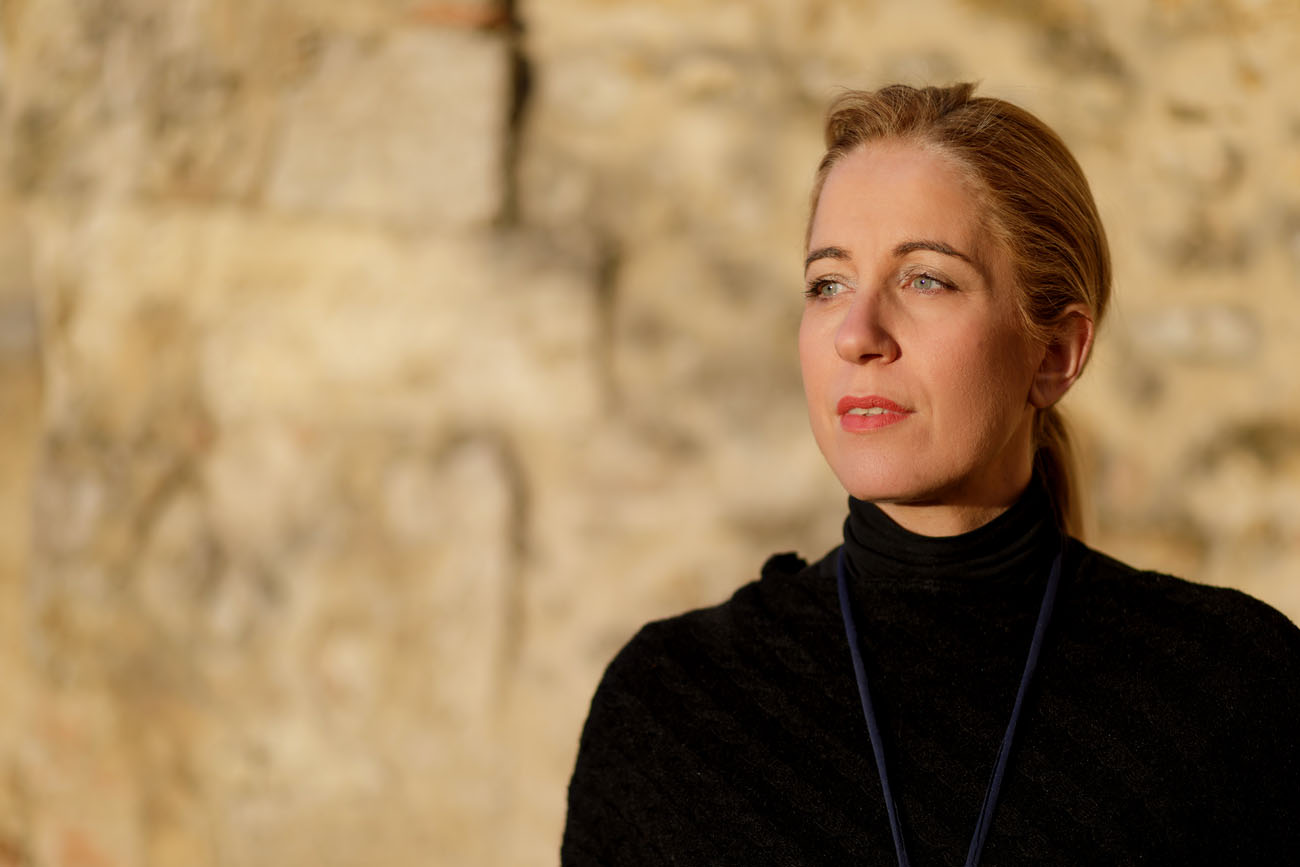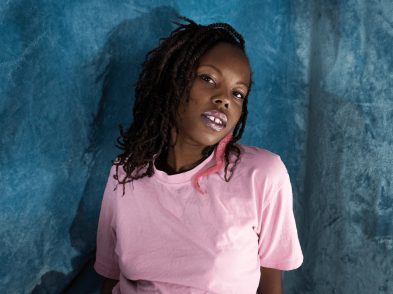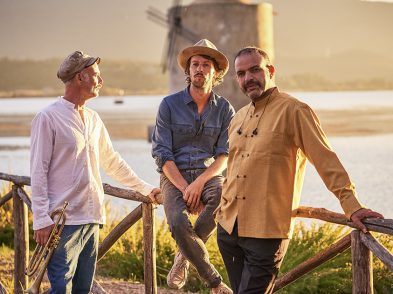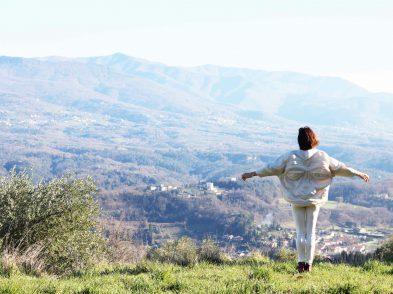A smile so contagious that you can’t help but smile back, a voice so expressive that each note becomes a timeless story: San Niccolò resident Ginevra Di Marco is a singer like no other—and her achievements speak volumes. Recently she was awarded the Tenco prize for her impeccable interpretations of some of popular music’s signature songs. When we met, she was preparing to tour her latest album, released in May, a tribute to legendary singer and activist Mercedes Sosa.
Michelle Davis: Your career as an independent artist spans almost three decades. Tell us about how it started and what keeps you going.
Ginevra Di Marco: I had barely turned 20 when music completely took over my existence. It was the beginning of the ‘90s when I started singing with CSI, Consorzio Suonatori Indipendenti, leading figures when it comes to understanding the Italian underground rock scene at that time. The experience allowed me to grow creatively and cut my teeth on the challenges of being an artist, both in the studio and live. For over 10 years we played some of Italy’s most important stages, toured the country extensively and tackled the issues of our time through music. It was an intense decade full of beauty and intelligence, for CSI’s whole oeuvre revolved around a certain poetic sensitivity, a sociopolitical awareness consisting of strong visionary lyrics and a wide-eyed search for truth and justice. I learned how to be independent, to do what I wanted and not what was expected of me. We devoted ourselves to music as a form of thought and not only as a means to entertain, an approach that still underlies everything I do.
MD: In 2001 CSI split up, leading to a brand-new phase in your career.
GDM: Absolutely. CSI keyboardist Francesco Magnelli and I embarked on a path all of our own, because besides being long-standing musical partners we are also husband and wife, now mother and father of three. When you’re in a band you commit all your energy to collective creation and your role is often pretty clear-cut, which doesn’t leave you much space to evolve. We wanted to expand and experiment, and to do so we decided to take a step backwards and dig into our roots through the revival of popular Tuscan music, a gateway towards other regional and international songs. Through these, I discovered an unexpected power and pliancy in my voice and interpretative ability. This is how I became the Ginevra Di Marco everyone knows today—since 2006 all my albums have centred on traditional music. I’ve also been part of different performing formats such as Stazioni Lunari, a collective project involving other top figures on the Italian music scene, and my on-stage collaboration with the late Florentine astrophysicist Margherita Hack, where we would voice our concerns about the present through popular 20th-century songs addressing issues such as women’s role in society, immigration, corruption, religion and science. This was during the Berlusconi era so, as you can imagine, we had a lot to say!
MD: Speaking about exposing sociopolitical issues, your latest album La Rubia canta La Negra is a tribute to Argentinian singer Mercedes Sosa. Also known as La Negra and the Voice of the Voiceless, Sosa was considered a beacon of justice and integrity during the years of hardship and prosecution of 1970s South American dictatorship. What kind of connection do you feel with her and her music?
GDM: It’s interesting to find out that certain protest songs of the past seem to describe present situations, as if they wove a sort of fil rouge through time. Mercedes Sosa sang against injustice and faced the consequences. Imagine a woman exiled from her homeland, forced to stay away from her young child, just to be true to her ideals. Who would endure such a thing nowadays? Her intellectual honesty and ethical rigor were astounding and I believe that shining a light on her oeuvre can help rekindle hope and the desire for change. I’m not saying that Mercedes Sosa needed me to revive her presence, but I do believe that through my interpretations she can reach new audiences. The crowd’s reaction to when we play “Todo Cambia” proves that Sosa’s inspiring strength is still needed, as demonstrated also by the successful crowdfunding campaign that allowed us to produce the album. Unlike many musicians today, Mercedes Sosa had nothing to do with trends: she sang the notes of a universal message. I live for that moment on the stage when I feel close to the audience. My heart wells up with joy when I see that her music still manages to muster up gratitude and a sense of community.
MD: Was it this very love for community that brought you to the San Niccolò neighbourhood, perhaps the last remaining example of proud “Florentinity”?
GDM: Undoubtedly. I first arrived in San Niccolò in 2005, pregnant with my second child. It immediately became our home, and although we live in a somewhat small apartment we just can’t bring ourselves to leave. Before moving back to Florence, Francesco and I lived in the Tuscan countryside, but as the number of children we had increased, so did our need to leave our hippy isolation and embrace a more comfortable city life. San Niccolò has proven itself to be the sweetest, most beautiful homecoming. It still brims with artists and there’s this overall attitude of trust and openness. We all know and help each other. You can always find someone up for a chat or an aperitivo, and I love the fact that my children have grown up in such a protected environment where they have developed a sense of responsibility and freedom, also thanks to the many activities organized by the neighborhood committee. It’s a bit like a village nestled between the lungarno and piazzale Michelangelo, just a short walk away from the Carraia park and Florence’s green areas and hills, a place where everybody thrives to maintain and enhance the community’s wellbeing.








